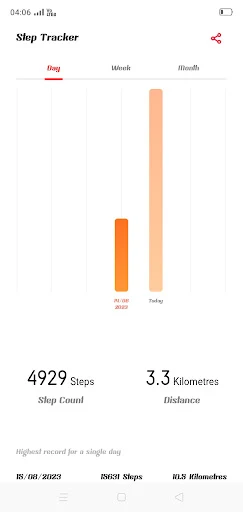Being an El Niño year, the expectation was that north India would see a sparse monsoon. However, the pendulum has swung the other way. July saw record rainfall in many parts of Himachal Pradesh, Punjab and Uttarakhand and the rare sight of the Yamuna nearly spilling into the Red Fort in Delhi. At least 150 were killed and losses worth ₹10,000 crore were reported by Himachal Pradesh alone. The worst, however, was yet to come as the week saw multiple floods in Himachal Pradesh and Uttarakhand that have claimed at least 60 lives since Sunday. A series of landslides has crumbled buildings and blocked highways. The immediate explanation for the landslides is the unexpectedly copious rainfall that these States have received and that these in turn are due to a surfeit of Western Disturbances (WD). These are tropical storms that originate in the Mediterranean region and normally bring winter rainfall to north India. However, right from the beginning of this year, the WD have been erratic. There were too few of them in December and January and their absence was cause for the hottest February recorded in India in at least a century. However, the WD appear to be overcompensating for their absence, with several of them incident over north India in the last two months — a time when they normally should not be around. While a combination of WD and monsoon can be dismissed as ‘freak’ weather, climate scientists have been warning of the increasing probability of such high-risk events. The awry WD are in part due to a warming Arctic that causes the polar jet stream, which carries moisture, to deviate from its regular path and bring the disturbances to north India during the monsoon.
It is in the context of these altered weather patterns that warnings by scientists and environmentalists of the perils of wanton construction in the Himalayas must be factored in. The ongoing Char Dham road building project has led to large-scale altering of the mountains with significant chunks carved away, rendering them vulnerable to upheaval. As recent fears of land subsidence in Joshimath, Uttarakhand demonstrated, ill-thought construction and haphazard building practices have magnified the risk to residents who live in these regions. While State governments tend to search for short-term solutions such as demanding compensation from the Centre for ‘disaster relief’, it is time that more serious thought is given to the nature of infrastructure development and, if need be, restrictions imposed in the larger interest of minimising hazards and maintaining stability.


